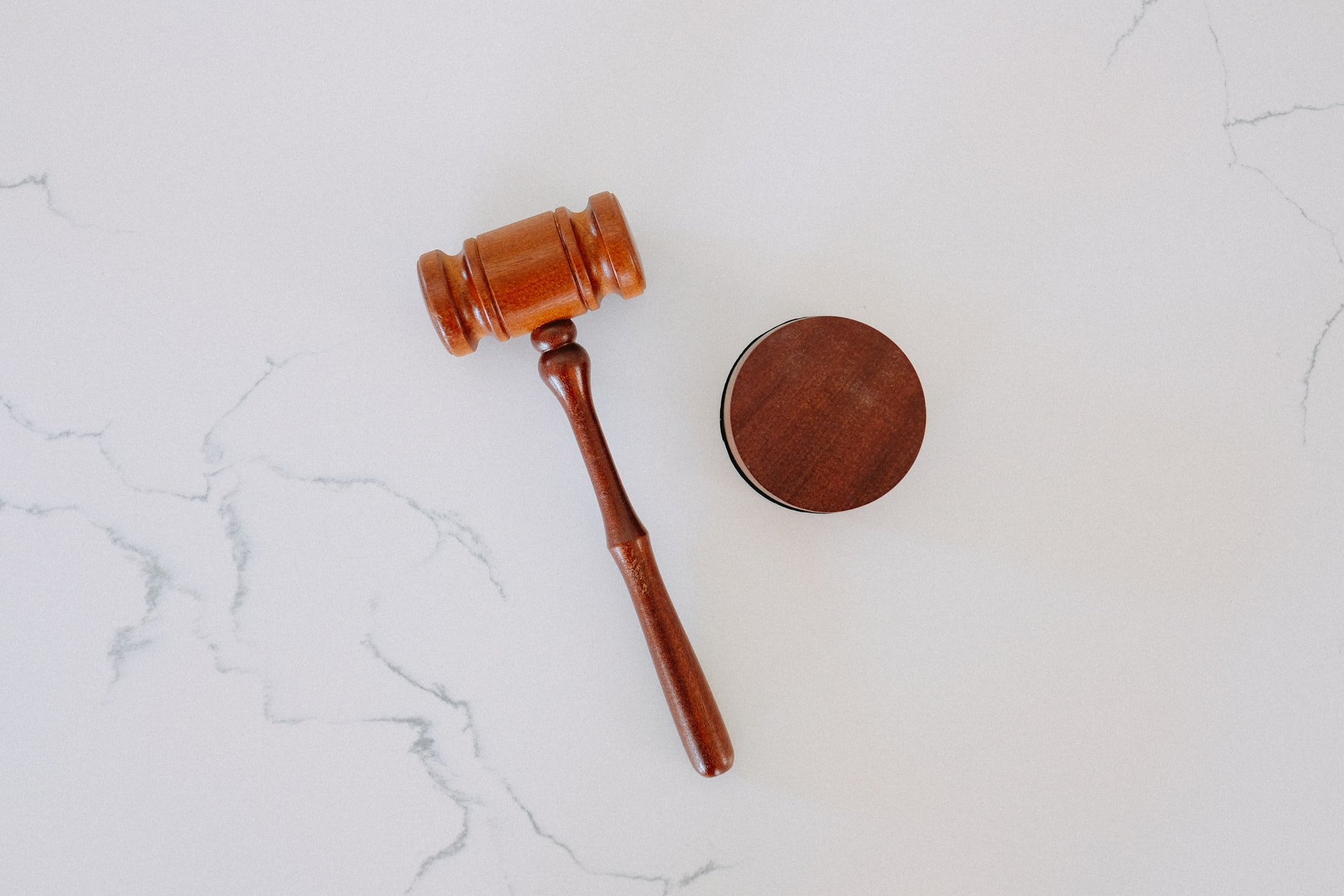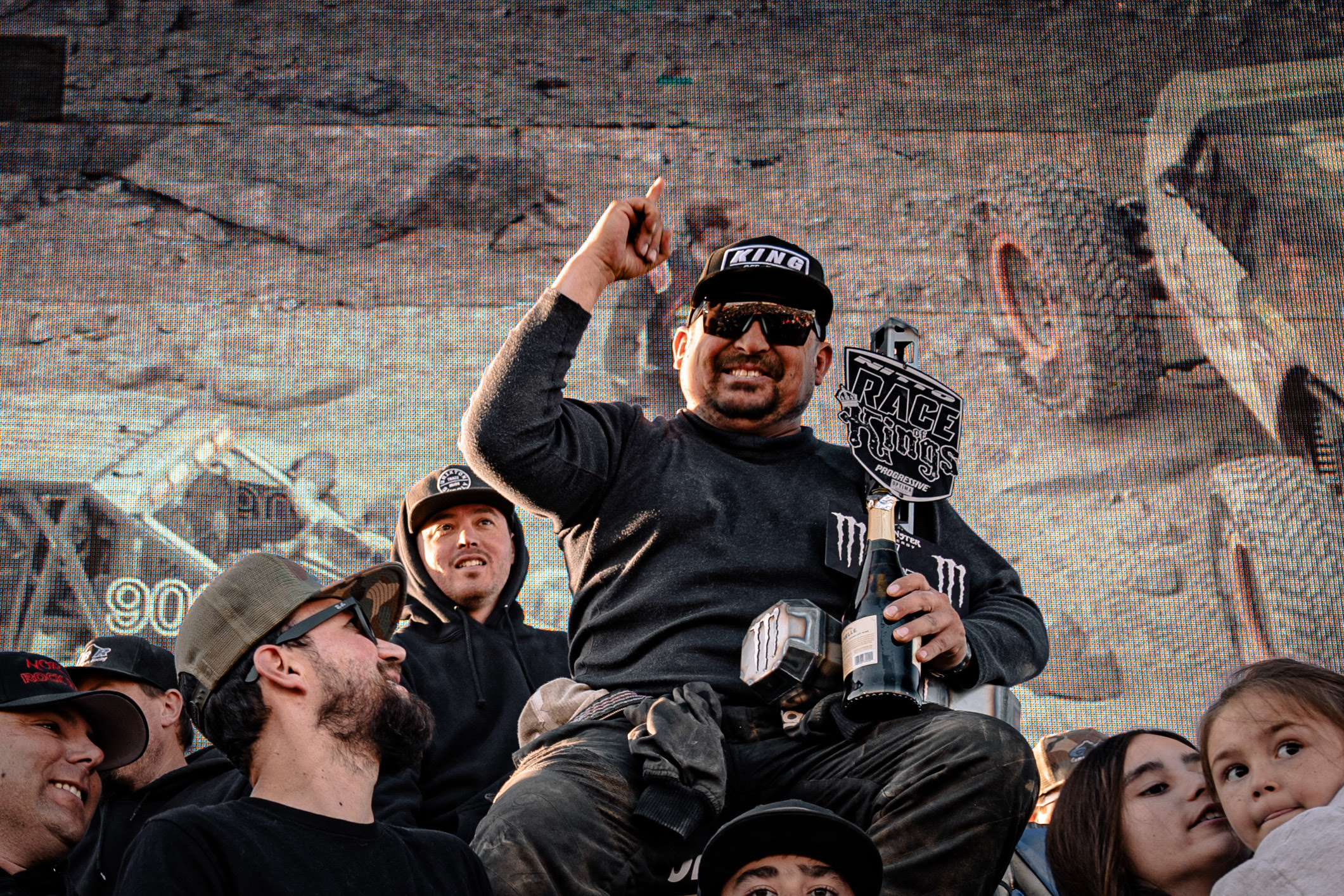You own a motorcycle and want to customize it, or even give a good facelift to its somewhat faded finish? Is it easy to repaint your motorcycle with unusual motorcycle paints? What are the steps to take to make your own decoration? And how much motorcycle paint do you need for a large motorcycle or one with little fairing? All this will be detailed in this article intended to popularize the realization of motorcycle custom paint.
First of all, it is important to know that it does not matter if you have professional equipment, whether you call on a painter specialized in motorcycle paint, or if you want to do the job yourself at home, whatever your method of application, with a spray can or a spray gun, know that you can achieve a professional quality motorcycle custom paint. The important thing is to be serious about understanding the painting techniques (the instructions) and taking care in the preparation and execution of your motorbike paint project.
So, first of all, elaborate your idea and your painting project by inspiring you for example from motorbike paint taken from the net, or even by making a drawing on paper, with graphics and different color areas if your idea includes more than a simple color. Also choose a nice color, why not a motorcycle special effect paint? There are now iridescent, transparent, or color changing colors easily available and relatively affordable by searching on the internet.
How to get a successful custom motorbike paint job?
The composition of a motorbike paint obeys some simple rules and is composed of a superposition of several coats: Primer (specific color white, gray or black), motorbike paint (color code, or custom color with special effect) type 1K basecoat *, and finally clearcoat (2 components hi gloss of super matt clear).
*Nowadays, some special paints and color codes of original tints use two different coats of metallic and transparent colors, before the clearcoat coat: they are called tri-coat paints.
It is therefore useless to start stripping your fairing and parts of your motorcycle, nor to elaborate a repainting plan without consulting a specialist, a qualified painter or an online motorbike paint store. It is often wise to leave the various coats of original paint on the motorcycle so as not to have to redo all the complex work of preparation and adhesion.
The list of materials and consumables required to do a complete motorcycle paint is quite short :
– a few sheets of 320 / 500 / 800 grit abrasives
– some masking tapes and possibly some thin adhesive lines for masking and decoration
– a sticky pad to collect dust before varnishing
The amount of paint required depends on the amount of surface to be painted (in two coats) but also on the type of motorcycle paint.
On average, for a motorcycle painting project, 500g of primer, 500-1000g of paint, and 500-100g of clearcoat, depending on the size of the motorcycle.
Be bold in your choice of colors for your motorcycle
Needless to say, you should avoid at all costs the paints offered in large-scale distribution or economic paints. To get a successful motorcycle paint job, you need a professional quality paint. For the difference in price, whatever it may be, you will save yourself hours of work, caused by products that react badly.
As for the choice of colors, why reproduce a manufacturer’s color (original color code of the brand), when we know that these colors are painted on the line by machines, and are created by companies that are not very daring, and especially concerned about not taking risks, by implementing simple colors to be applied by their robots…
New horizons for motorcycle paints and coatings
The dimensions, shapes and curves of motorcycle fairings are conducive to the staging of new color effects invented by some manufacturers of special paints for motorcycles. These are effects of transparency, effects of colors changing according to the vision, the temperature or the sunshine.
These innovations also affect the finish, which forms the final layer, the clearcoat. Today, extreme matt gloss effects exist. New ultra-hard clearcoats containing ceramics (ceramic coating) allow for greater scratch resistance and a longer durability of the gloss.







